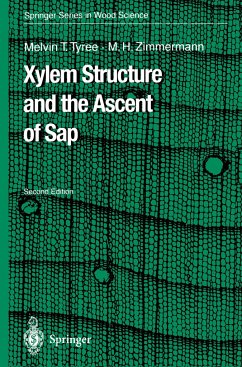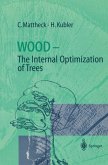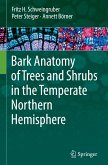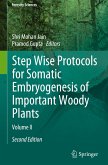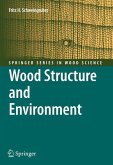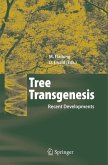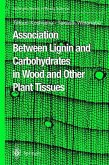The first edition of this book was the first to provide an integrated description of sap ascension from an anatomical and functional point of view. The second edition opens with the three-dimensional aspects of wood anatomy. The cohesion-tension theory and new evidence are introduced in response to recent controversies over the mechanism of sap ascent in plants. The physiology, anatomy and biophysics of xylem dysfunction are discussed and new insights into hydraulic architecture are reviewed with special emphasis on physiological limits on maximum transpiration and how hydraulic architecture limits gas exchange, carbon gain and growth of plants. The text concludes with a description of xylem failure and pathology. The book highlights fascinating areas of current research with the aim to stimulate more work in the future.
From the reviews of the second edition: "The second edition opens with the three-dimensional aspects of wood anatomy. The cohesion-tension theory and new evidence are introduced in response to recent controversies over the mechanism of sap ascent in plants. ... The book highlights fascinating areas of current research with the aim to stimulate more work in the future." (Annals of Forest Science, Issue 1, 2003)

